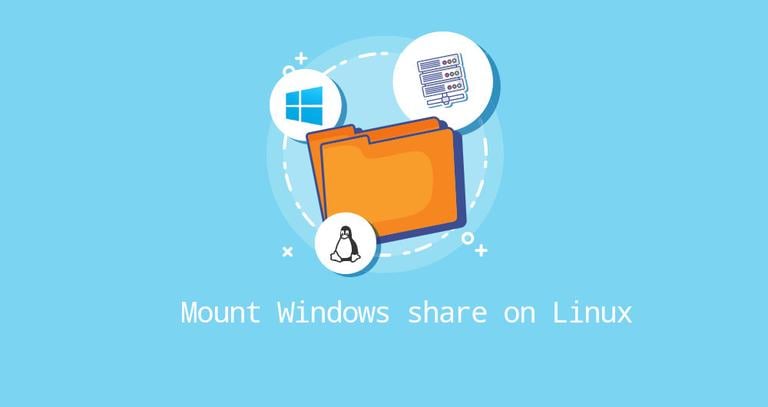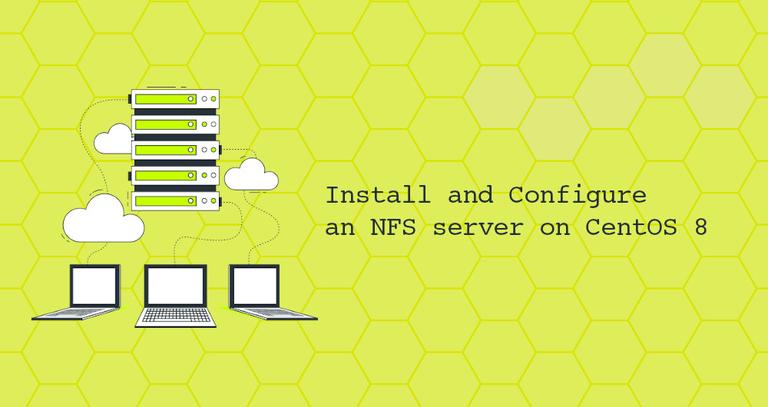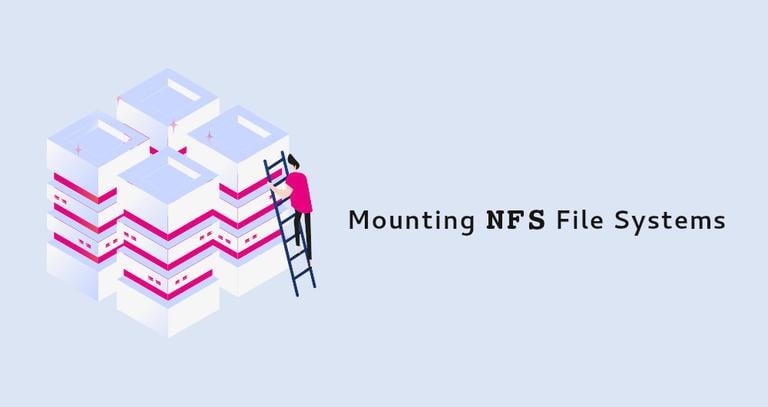How to Mount ISO File on Linux
Published on
•2 min read
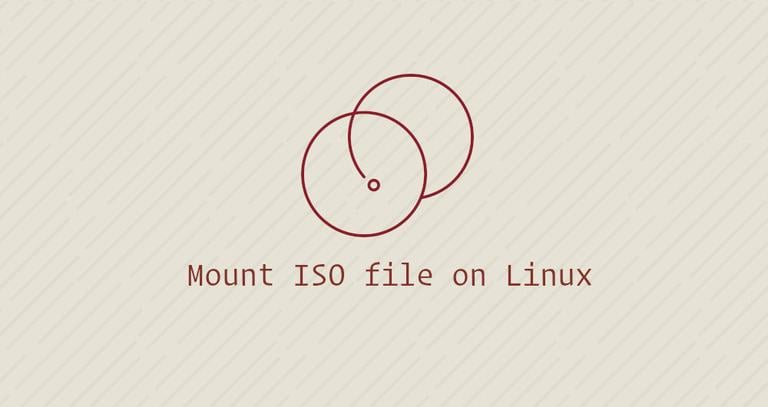
An ISO file is an archive file that typically contains the complete image of a CD or DVD. For example, most operating systems such as Windows, Linux, and macOS are distributed as ISO images.
ISO files can be extracted using popular archive programs, mounted on a loop device, and written to a USB flash drive or blank CD disc.
In this tutorial, we will explain how to mount ISO files on Linux.
How to Mount ISO Files using the Command Line
The mount
command allows you to attach (mount) ISO files at a particular mount point in the directory tree.
The instructions on this section should work on any Linux distribution, including Ubuntu, Debian, and CentOS.
Start by creating the mount point, it can be any location you want:
sudo mkdir /media/isoMount the ISO file to the mount point by typing the following
mountcommand:sudo mount /path/to/image.iso /media/iso -o loopWhat is important here is the
-o loopoption. It tells the command to map a loop device to the specified ISO file and mount that device on the specified mount point.Don’t forget to replace
/path/to/image.isowith the path to your ISO file.To view the ISO image content, use the
lscommand:ls /media/isoYou can also open a file manager to view the ISO contents.
Unmount the ISO file by using the
umountcommand followed by the directory where the image has been mounted:sudo umount /media/isoIf the file system is in use, the
umountcommand will fail to detach the file system.
Mounting ISO Files using Gnome
If you are running a Linux distribution that uses Gnome as the desktop environment, you can mount an ISO file using the Gnome’s disk image mounter application.
Locate the ISO file that you want to mount, and right-click on it. In the context menu, click on the “Open With Disk Image Mounter” option.
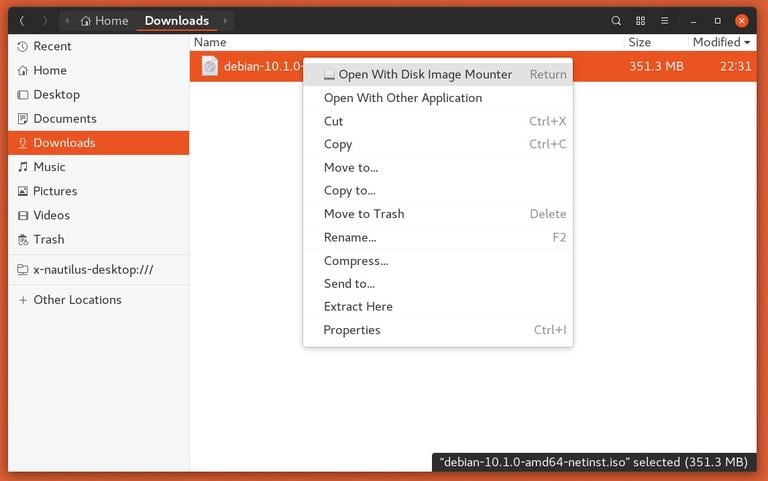
Once the image is mounted, a device icon should appear on the desktop. Double-click on it and the Gnome file manager will open up.
To unmount the ISO file right click on the device icon and select “Unmount”.
Conclusion
In Linux, you can mount ISO files with the mount command. Desktop users can use graphical tools such as Gnome Disk Image Mounter.
If you have any questions or feedback, feel free to leave a comment.
